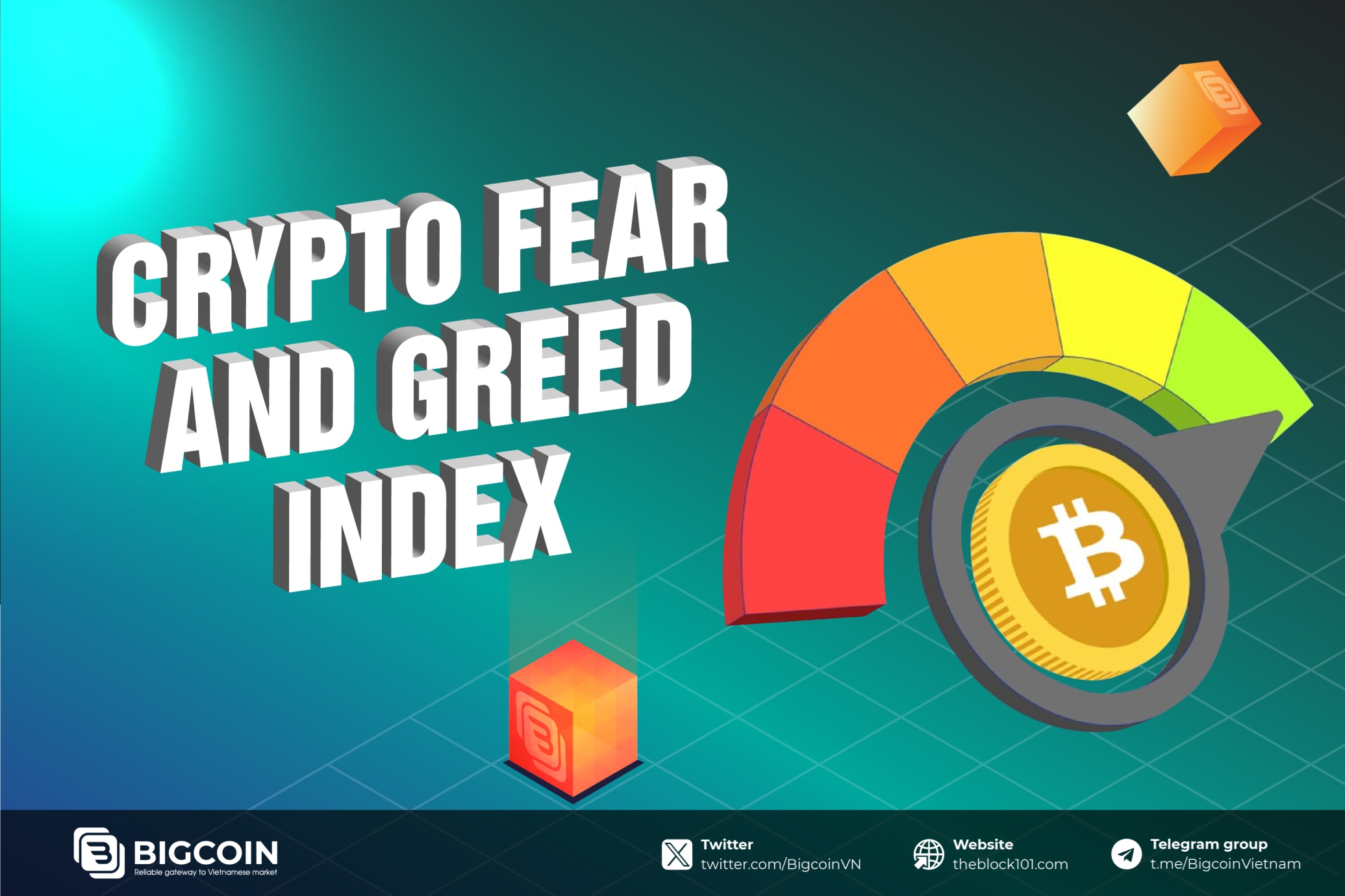1. Institutional Adoption and Mainstream Integration

One of the most significant trends in the crypto industry is the increased participation of institutional investors. In recent years, major financial institutions, including hedge funds, pension funds, and asset management firms, have allocated a portion of their portfolios to cryptocurrencies like Bitcoin (BTC) and Ethereum (ETH). In 2025, this trend is expected to accelerate due to greater regulatory clarity and improved market infrastructure.
With major universities, such as the University of Austin and Emory University, reportedly holding Bitcoin as part of their endowments, there is growing recognition of Bitcoin as a long-term store of value. This shift is further reinforced by the U.S. government's strategic positioning to become a “Bitcoin superpower”, fostering an environment conducive to institutional adoption.
At the same time, Bitcoin exchange-traded funds (ETFs), which gained regulatory approval in 2024, have significantly boosted market accessibility for institutional and retail investors alike. The success of these ETFs is now paving the way for Ethereum ETFs, and potentially even ETFs based on other cryptocurrencies such as Solana (SOL) or Cardano (ADA). This evolution in traditional finance signals the growing mainstream acceptance of digital assets and their increasing role in diversified investment strategies.
2. Regulatory Evolution
.jpg)
Regulatory clarity has always been a major challenge for the crypto industry. In 2025, governments around the world are expected to implement more structured regulatory frameworks that provide clearer guidelines for exchanges, stablecoins, and DeFi protocols. The U.S. Securities and Exchange Commission (SEC) has taken significant steps in this regard, launching a Crypto Task Force dedicated to balancing innovation with investor protection.
Meanwhile, in Europe, the Markets in Crypto-Assets (MiCA) regulation is setting a new standard for crypto governance, providing legal certainty for businesses while ensuring that investor rights and anti-money laundering (AML) measures are strictly enforced. In the Asia-Pacific region, regulators in Singapore and Hong Kong are actively refining their crypto policies to position their markets as global crypto hubs.
One of the most controversial developments in 2025 is the rise of Central Bank Digital Currencies (CBDCs). Governments worldwide, particularly in China and the European Union, are pushing forward with their own digital currencies to enhance financial inclusion and efficiency. While these CBDCs offer undeniable advantages, such as faster transactions and improved monetary policy implementation, they also raise concerns about government surveillance and control over financial transactions. The crypto community remains divided on whether CBDCs will complement or compete with decentralized cryptocurrencies.
3. Banking Sector and the Crypto Revolution

Under the new policies set by the U.S. government in 2025, banks now have full authority to offer crypto-related services without needing prior approval from financial regulators. This is a monumental shift, as it allows traditional financial institutions to provide crypto custody services, lending, and blockchain-based payment solutions.
Major banking players are actively integrating blockchain technology into their operations, exploring use cases such as tokenized deposits and cross-border payment systems. The introduction of on-chain financial products, backed by banks, is bridging the gap between traditional finance (TradFi) and decentralized finance (DeFi) making crypto more accessible to everyday users.
However, this growing involvement of banks in crypto also raises questions about decentralization. Many crypto purists argue that institutional control over blockchain technology contradicts the fundamental ethos of cryptocurrencies—financial sovereignty and decentralization. Nevertheless, the synergy between banks and crypto could be one of the most transformative trends in 2025, reshaping how people interact with financial services.
4. The Rise of Meme Coins

Despite the rapid institutionalization of the crypto market, meme coins continue to capture public attention. In 2025, meme coins are evolving beyond their joke origins, becoming more integrated into DeFi ecosystems and gaming platforms. The most notable case in 2025 is the $TRUMP coin, launched as part of former U.S. President Donald Trump’s campaign, which has created a political and financial frenzy.
Established meme coins such as Dogecoin (DOGE) and Shiba Inu (SHIB) remain major players, with active communities driving adoption. However, the meme coin sector is notoriously speculative, with many projects experiencing rapid booms followed by sharp declines. While some meme coins are backed by strong communities and innovative use cases, many others are purely driven by hype, making them high-risk investments.
This continued speculation raises an important question: Are meme coins here to stay, or are they just a reflection of temporary market trends? The answer likely depends on whether these tokens can establish lasting value through real-world utility.
5. Market Projections and the Bitcoin Supercycle
.jpg)
One of the most debated topics in crypto scenarios 2025 is Bitcoin’s price trajectory. Many analysts predict that Bitcoin could reach $180,000 to $200,000 by the end of the year. This forecast is based on several factors:
-
Post-halving supply constraints – Bitcoin’s 2024 halving has reduced the number of new BTC entering circulation, creating supply pressure.
-
Institutional accumulation – Large financial institutions are steadily increasing their Bitcoin holdings.
-
Global macroeconomic conditions – With high inflation and fiat currency instability, Bitcoin is gaining recognition as a hedge against economic uncertainty.
Ethereum (ETH) is also expected to surpass $6,000, driven by advancements in Layer 2 scaling solutions and growing institutional interest in ETH staking. Meanwhile, stablecoins like PYUSD and MiCA-compliant digital assets are ensuring greater on-chain liquidity and financial stability.
However, crypto markets are historically volatile, and unexpected regulatory decisions, macroeconomic downturns, or security vulnerabilities could significantly impact these predictions. Investors must stay cautious, informed, and diversified to navigate the market effectively.
Conclusion
The cryptocurrency landscape in 2025 is undergoing profound transformation. Institutional adoption is solidifying, regulations are becoming clearer, and banks are increasingly integrating blockchain solutions. While meme coins and speculative trading remain influential, the broader trend points towards greater market maturity.
Despite uncertainties, the long-term outlook for crypto remains strong, with Bitcoin and Ethereum leading the charge towards mainstream financial integration. Investors who stay adaptable, well-informed, and strategic will be best positioned to capitalize on the evolving crypto landscape in 2025.
Read more:

 English
English Tiếng Việt
Tiếng Việt.png)










.jpg)
.jpg)




